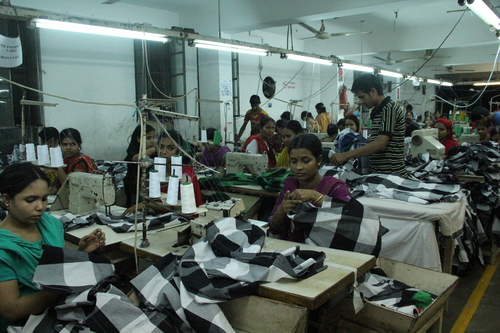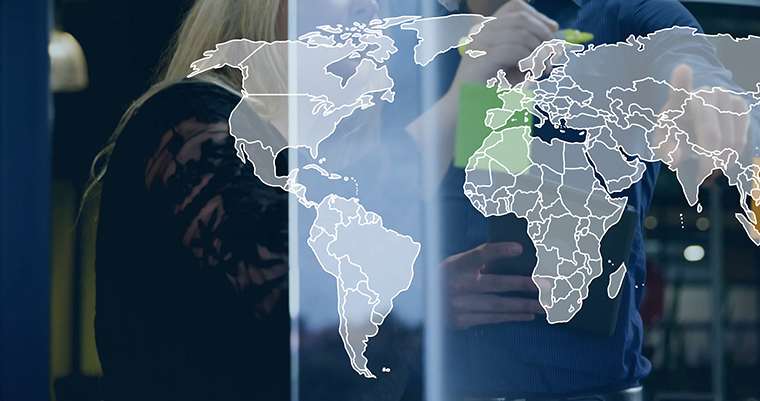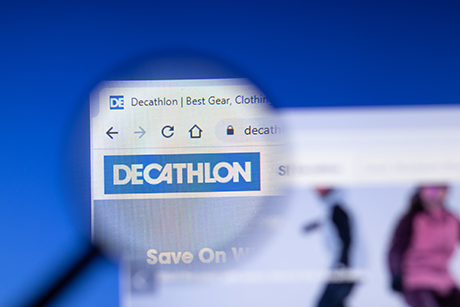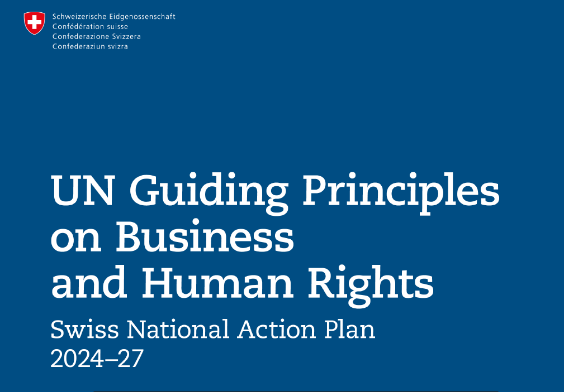“One Eye Open and One Eye Closed” – Visibility vs. Responsibility in the Supply Chain

October 6, 2015
Last week, the Organization for Economic Cooperation and Development (OECD) convened several hundred delegates in Paris to discuss its draft guidelines for responsible business conduct in apparel and footwear supply chains. The 140 pages of draft guidance represent an important turning point in the debate about workers in global supply chains because they include a call for companies to gain full visibility into their sub-tier suppliers.
The OECD is responding in part to increased pressures from consumers, governments, and advocates for companies to show that they are addressing social and environmental risks throughout their supply chains. Today, global companies report on their supply chain activities in a dizzying array of formats – their own sustainability reports, the UN Global Compact and the Global Reporting Initiative, efforts to report under the UN Guiding Principles, and new government reporting requirements.
The problem with most of these reports is that they fail to identify a significant source of risk for human and labor rights violations in companies’ global supply chains: sub-tier suppliers.

Supply chains are comprised of hundreds of interlinked firms, coordinated by lead firms at different stages of the chain. One of the ways globalization delivers so many products so cheaply is by relying on very low-cost producers to do the lowest-skilled, lowest value-add aspects of production. With tight margins and short-term business relationships, these producers often have very limited capacity to provide the protections for workers that consumers and others have come to expect.
As the OECD draft guidelines rightly identify – and our own research confirms – sub-tier suppliers present the greatest risk for human rights violations and should be the subject of urgent action by the institutions – companies, governments, unions, financial institutions, civil society – that seek to ensure that everyone enjoys the benefits of a globalized economy.
The challenge of the OECD’s draft guidance is that it assumes that individual companies can and will make visible their sub-tier suppliers. This is a faulty premise because of the tension between visibility and responsibility. Companies alone are not prepared to identify the full scope of production in sub-tier suppliers because they fear that they will be held responsible for every problem they discover in this high-risk part of the chain. If you think you’ll be responsible for fixing whatever you find, you don’t try to find very much.
In the wake of the 2013 Rana Plaza factory collapse, the Wall Street Journal reported that Benetton’s supplier network is so complex, the company didn’t know if it had production in the facility. Benetton isn’t the only company to not know where its products are being manufactured.

About a year ago, I presented our center’s research on subcontracting in Bangladesh to a group of fashion professionals in an executive education program. When I asked if our analysis looked familiar, a woman raised her hand to say, “We do a lot of business in Bangladesh, and this is exactly how it is – we have one eye open and one eye closed.”
What will it take to for companies to open both eyes to the full risks and possibilities of global supply chains? First, we have to expand the circle of responsibility for fixing the highest risk problems, especially working conditions in sub-tier suppliers. It isn’t fair or realistic for multinational brands to be solely responsible for any subcontracting factory where its products may be manufactured.
This isn’t to say that brands have no responsibility. Over the last 20 years, the anti-sweatshop movement has effectively and justifiably convinced brands to acknowledge responsibility for working conditions in their supplier factories. But governments, development organizations, and civil society also have an essential role to play.
In Bangladesh, for example, we estimate that three million workers are excluded from brands’ programs to upgrade factory safety. These workers are producing for the export market, but are not employed in factories with direct relationships with foreign brands. In addressing the needs of these workers, local suppliers, foreign governments, and the World Bank should join global brands in committing resources to respond to the real challenges.

Second, we can’t rely exclusively on companies to identify sub-tier suppliers. Governments, civil society, unions, journalists, and academics all can help in providing better assessments of what the supply chain really looks like and which workers are most at risk. There are some encouraging developments on this front:
- Ben Skinner, supported by Humanity United, revealed the true extent of slavery in the Thai shrimp and fishing industry in a 2012 Bloomberg series.
- Ian Urbina at the New York Times followed up this year with a new series on slavery on the high seas.
- Several new initiatives, including Know the Chain, are exploring the role of technology, research, and journalism in revealing what’s really going on in supply chains.
- Our Center has analyzed publicly available data on factories in Bangladesh and soon will release a map that includes an analysis of the prevalence of subcontracting factories.
As supply chains continue to be the norm for low-cost production distributed around the globe, we need to advance to a model of shared responsibility for making factories (and farms, metal processing facilities, and fishing vessels) more visible, and ensuring that workers in these far corners of the supply chain enjoy their full share of the benefits of globalization.
 Global Labor
Global Labor


